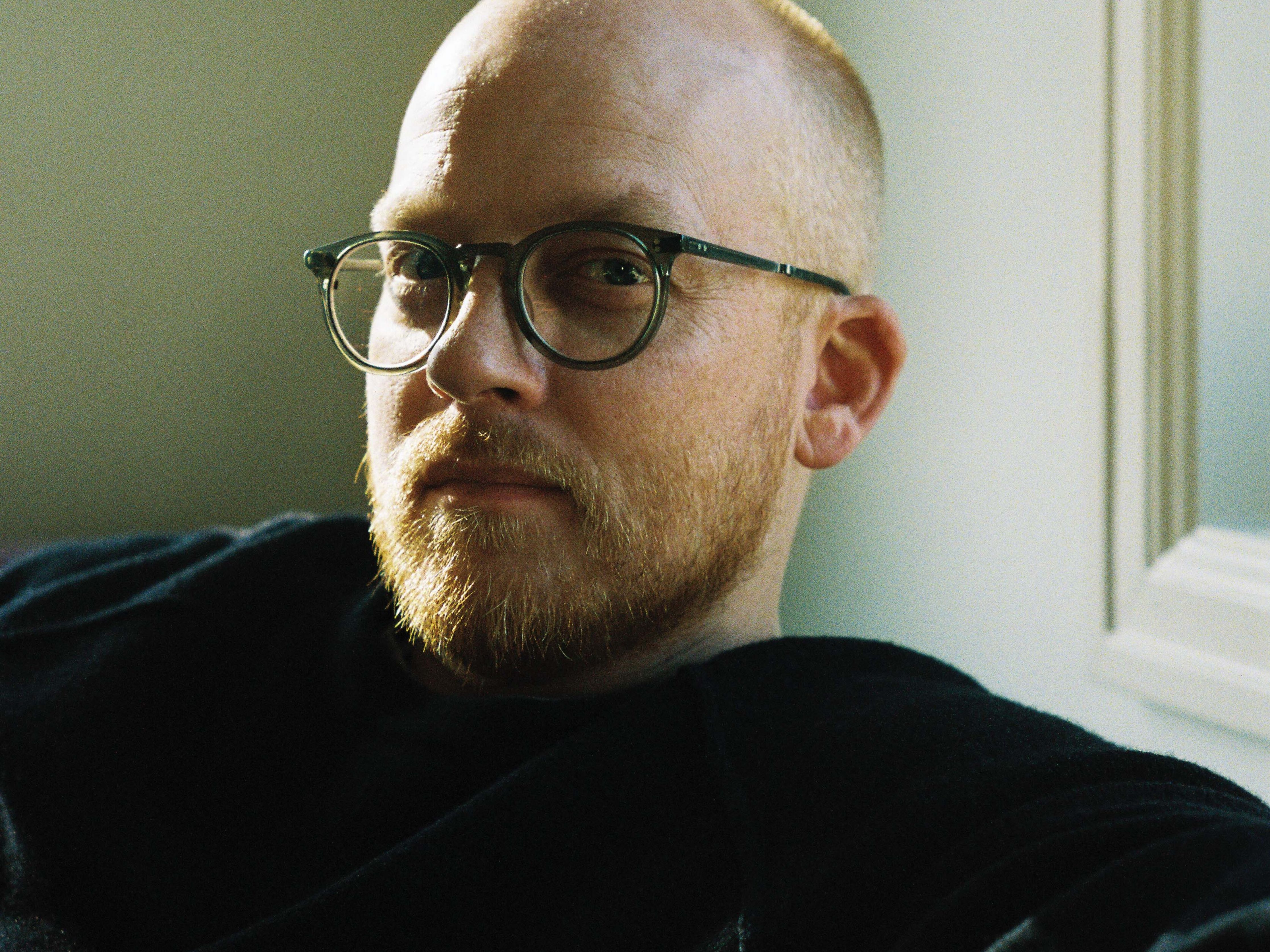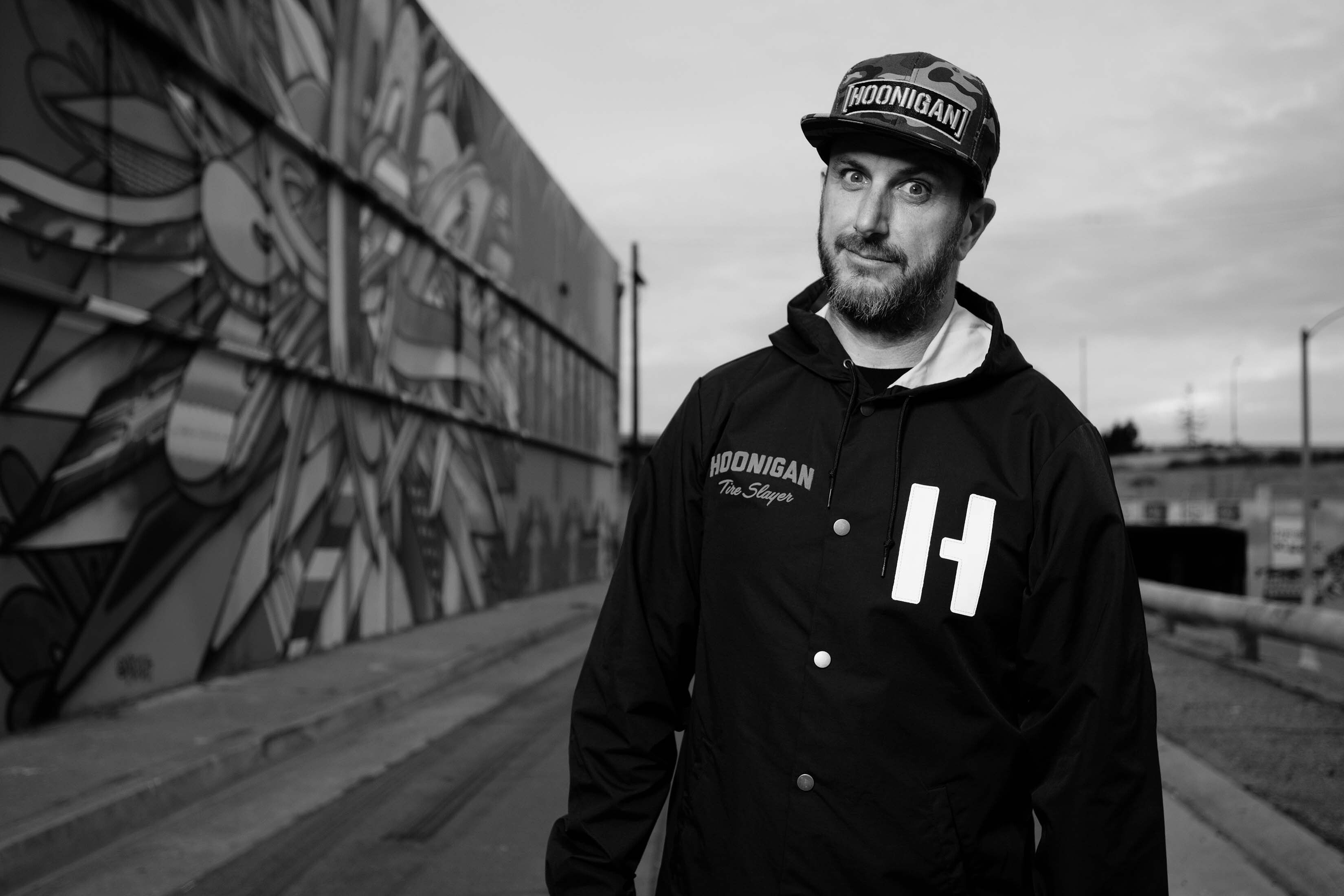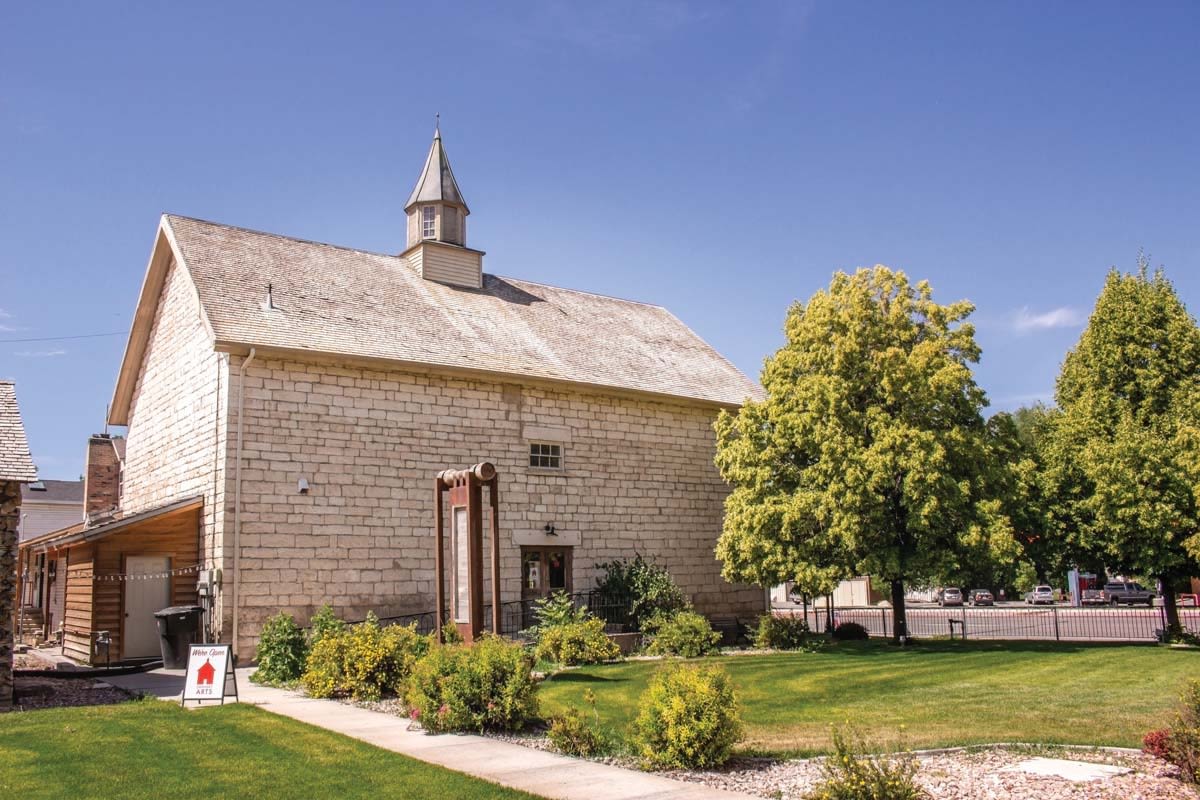Meet 3 Park City Ladies Making Amazing Crafts
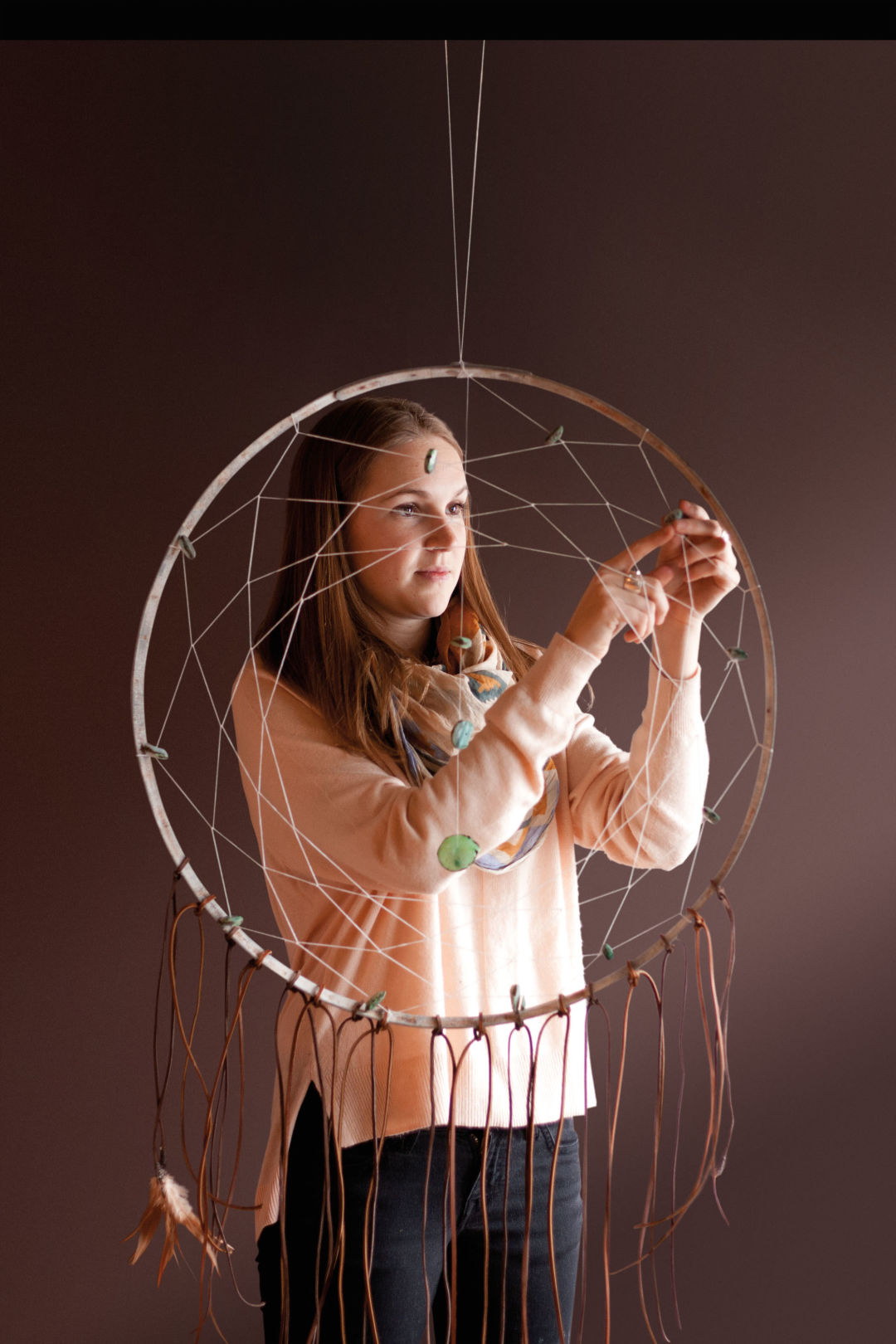
Image: Thomas Cobb
The difference between an artist and an artisan is sometimes obvious and other times hard to discern. Artists typically rely on talent, whereas artisans often find success through experience and aptitude. Here, we profile three local artisans who, through unique takes on traditional forms, create breathtaking, whimsical, and captivating handcrafted pieces worthy of being called art by anyone’s standards.
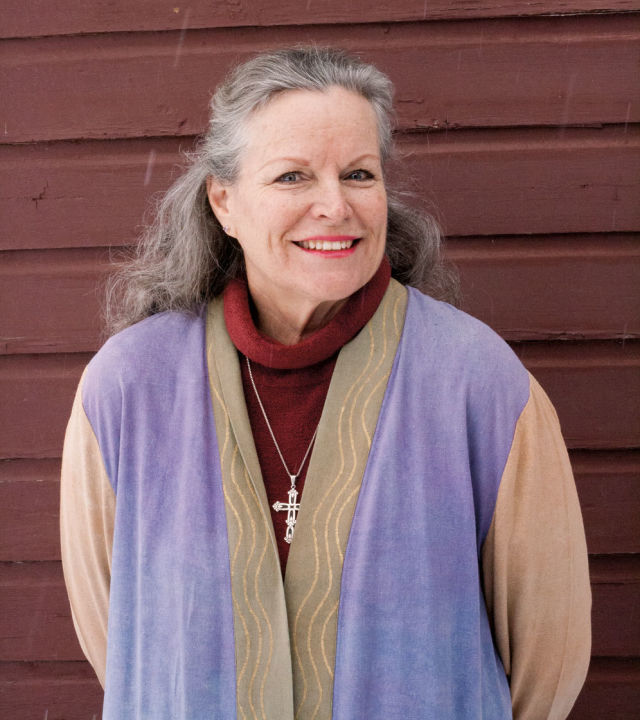
Kathy Cartier
Image: Thomas Cobb
Kathy Cartier
Angel dolls crafted from handmade fiber cloth and paper
Kathy Cartier (kathycartier.com) began sewing at age 7, tailored clothing to pay bills through college, and opened her first business by the time she was 20. “I wanted to be a clothing designer because I loved working with textiles,” she says. Cartier eventually refined her passion for fabric and has been a full-time fiber artist and designer for more than 40 years. “For as long as I can remember I have created one-of-a-kind pieces with my fiber surfaces and papers,” says Cartier. “Everything has a story and a meaning, which are revealed in the surfaces. The process of making fabric and designing or manipulating surfaces intrigues me.”
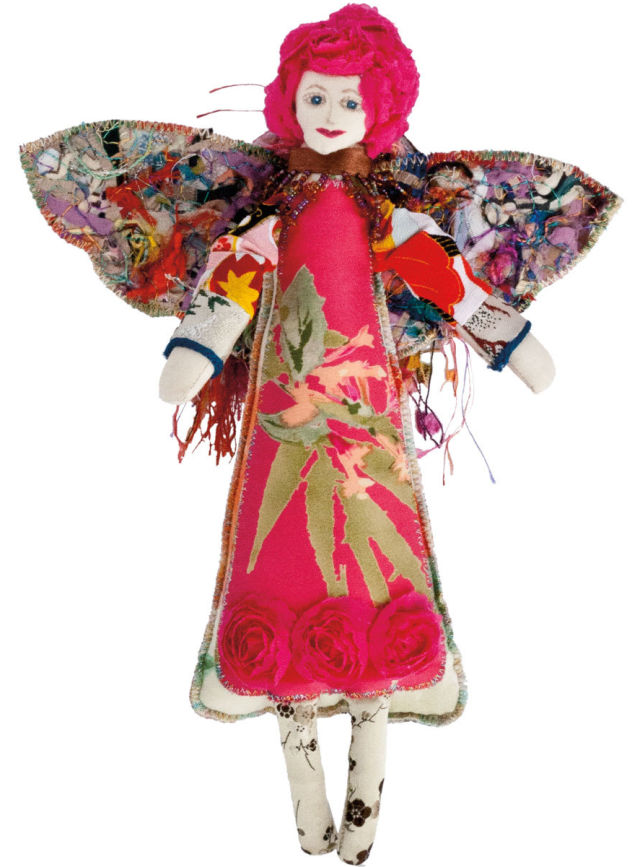
Image: Thomas Cobb
In 1978, she moved to Park City and opened Cartier’s on Main Street, where she sold her handmade quilts, pillows, custom clothing, artwork, and dolls. When Deer Valley Resort opened in 1981, Cartier relocated to the lobby of the Stag Lodge, where she developed and sold her work until 1992. “During that time I started hand-making oriental paper and designing site-specific commissioned artwork for clients,” she explains. Cartier now sells her intricate crafts in at Every Blooming Thing (1344 South 2100 East, Salt Lake City, 801.521.4773); she’s also a regular the annual Park City Kimball Arts Festival.
But Cartier’s best-known pieces may be her engaging angel dolls. Cartier fashions the angels’ bodies from antique kimonos and vintage silk fabrics; for the wings she uses her handmade papers, giving each a light and ethereal quality atypical for dolls. “I am very process oriented, and my work usually ends up being labor intensive no matter what I am creating,” Cartier says. Her angels’ heads are topped with mischievous mops of hair made from silk fabrics, specialty yarns, small papers, and trims. She hand-paints every angel’s face, ensuring that each is a unique work of art. Which, if you believe that angels are looking over you, only makes sense. “I like my angels to be as distinctive as the people I make them for,” Cartier says.
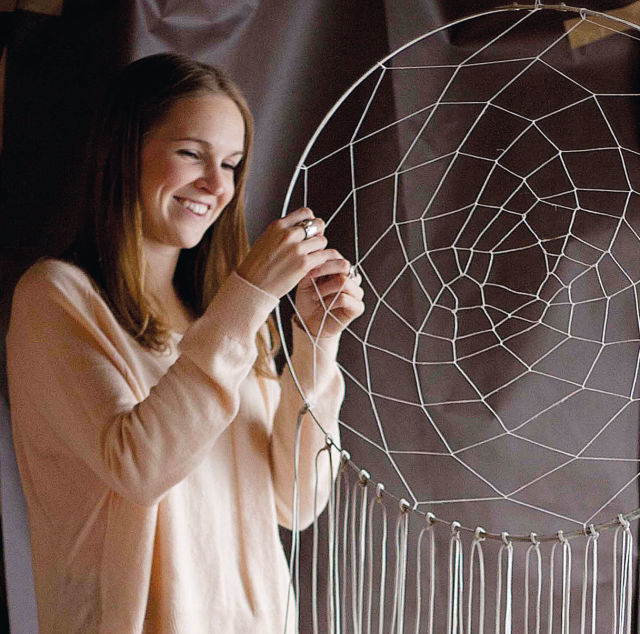
Hope Chappelle
Image: Thomas Cobb
Hope Chappelle
Mod metal and leather dream catchers
Hope Chappelle sees beauty in knots. “Sometimes when I am making a dream catcher, working through the tangles and tying knots, I am also working through a personal issue or creative problem,” she says. “I look at life problems and creating art in the same way: both require the appropriate tools or materials to solve them. For me, art is the perfect blend of entertainment and therapy.”
It should come as little surprise, then, that Chappelle studied studio arts and psychology in college. After graduating she relocated to Park City from her native Alabama for a change of pace. “But when I got here and found I needed to juggle six jobs to support myself, I wasn’t so sure the change of pace was what I had in mind,” she says. And then Melissa Berry, one of her employers and owner of Root’d, was planning her wedding with a dream catcher theme. “I wanted to do something nice for her birthday and loved the idea,” says Chappelle. “So I made her a dream catcher.”
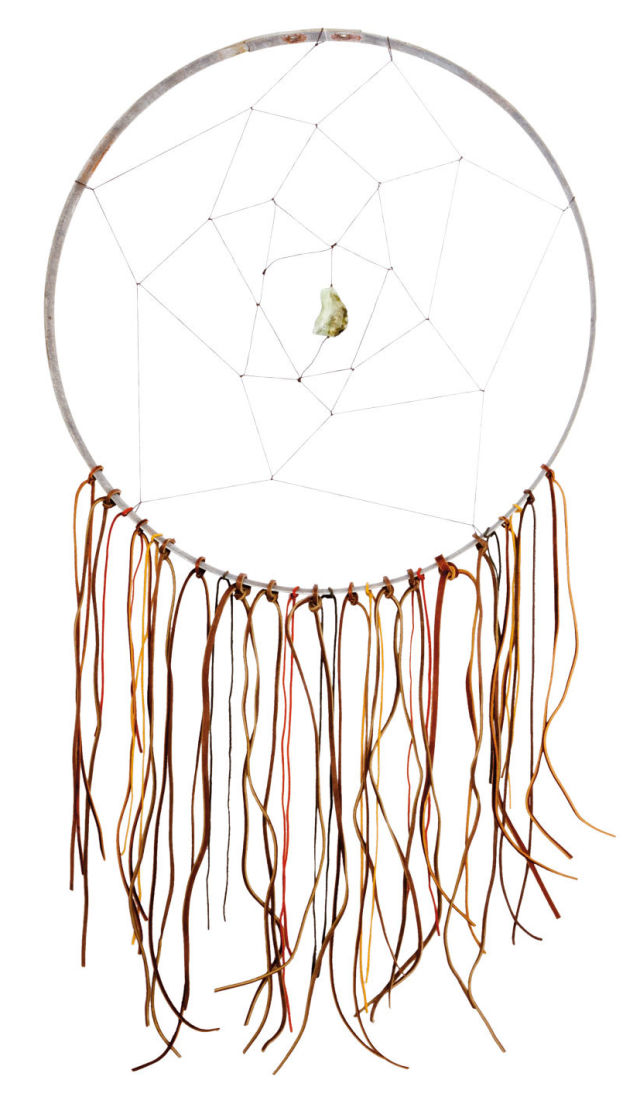
Image: Thomas Cobb
Berry was so impressed with Chappelle’s modern and offbeat take on a traditional dream catcher that she hung it in the store’s front window. And people noticed. “I had no intention of selling them, but customers kept coming in and asking about it, so I kept making them,” she says. Last winter Chappelle landed her dream job as art studio supervisor at Sundance Resort’s Art Shack Studios, but continues to sell her dream catchers at Root’d (596 Main St, 435.214.7791, rootdhome.com).
Chappelle notes that traditional Native American dream catchers shouldn’t be bigger than your hand. But hers are intentionally large and modern, most recently made from galvanized steel wine barrel rings. “I’ve always been an artist, and my mother is an artist,” she says. “I’ve used paint, photography, and ceramics, but this is a medium I never anticipated using.”
Juanita Lively Marshall
Richly textured ceramics
Ceramicist Juanita Lively Marshall (livelyceramics.com) likes to reach beyond traditional boundaries. “It’s satisfying to push the material to its limits,” she says. “Because the clay is changing form all the time, working with it is never boring.”
Marshall’s intrigue with clay began soon after she settled in Park City with her family in 1983. Looking for something to do while her kids were in school, she took some ceramics classes at Kimball Art Center with Eric Christiansen and Bruce Larrabee. She was immediately hooked and went on to earn a BFA with a ceramics emphasis from the University of Utah. “It seems like it took me forever to get confident on the wheel,” she recalls. “But I love the tactile nature of working with clay, so I stuck with it.”
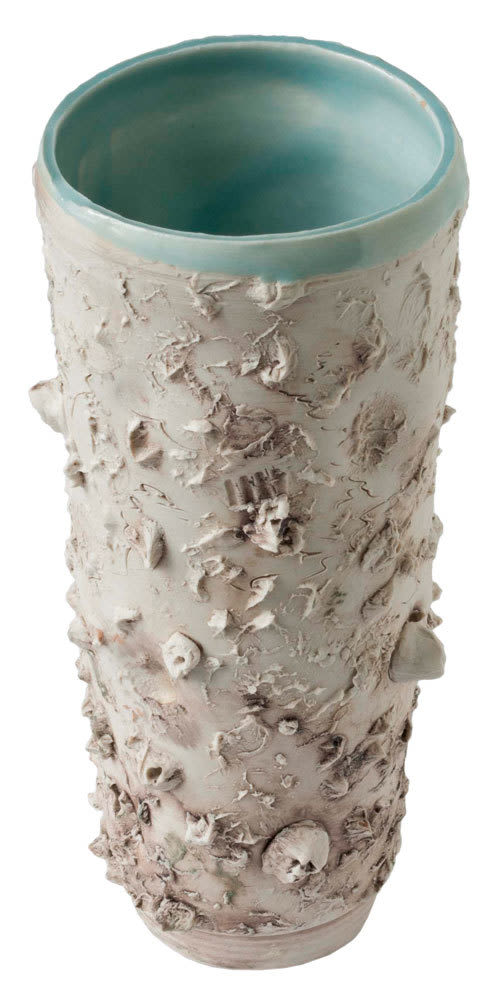
Image: Thomas Cobb
At first glance, Marshall’s alluring ceramic vessels look more akin to artifacts than to new work. Her organically textural pieces are inspired by her surroundings—trees, rivers, oceans, and mountains. “I grew up in a family that was interested in outdoor activities, as well as reading, the sciences, and art,” she says. “Ceramics incorporates my interest and study of all of these.”
Over the years Marshall has honed her focus to surfaces and adds her signature touch to each piece by scratching, adding colored clays, drawing, carving, polishing, and painting. “I like to layer glazes, do multiple firings, and apply different techniques on the surface to show age and history, the organic aspects of nature.”
One of the aspects that most inspires her work is loss. “Anything you get too attached to could go at any time in the process,” says Marshall. “So you have to accept the possibility of loss. During the time I lost my parents and some friends, creating ceramics helped me deal with the grief. My relationships with my family and friends are very important to me, so my work often explores the concept that somehow we are all connected.”
Marshall’s ceramics are on display and available for purchase at the Swaner Eco Center Gift Shop (1258 Center Dr, 435.649.1767, swanerecocenter.usu.edu).

